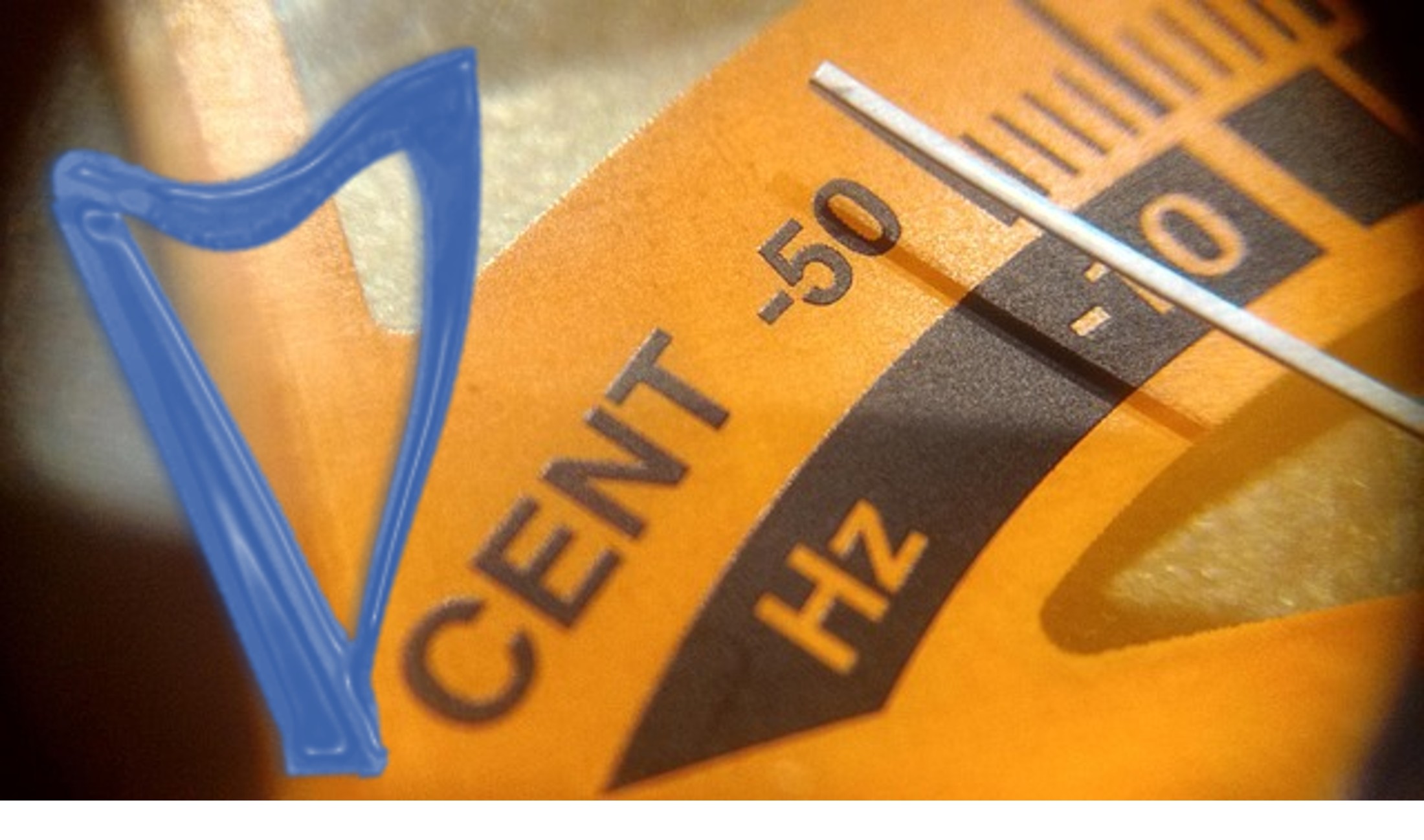Are you a good tuner? Those of us who have been at it a while don’t seem to give it much thought – it’s a habit. The problem is, those of us who are acting from habit probably assume that everyone else has the same habits and know how to tune too (but you know what they say about assuming).
But one thing we should all appreciate is why tuning is so important.

Tuning serves a number of purposes both functional and aesthetic. The harp is designed to work together as an entity so the size, shape, and selection of wood, the hardware, the strings are all central to that sound. Tuning is essential to ensure that the integration is tight – it is one of many elements of achieving the tone and one we can easily control.
If each of your strings is not in tune, it challenges that integration. If the strings are note in tune, the sound of each string will “fight” with the sounds of the other strings. When they are only slightly off, you might hear a little twangy-ness, but you can definitely hear it. To me it sounds ever so slightly metallic. When the tuning is even farther off, it is clearly detectable and can be downright unpleasant to hear. Of course, if you are in tune, you will instantly sound better!
Current convention is to tune the A above middle C to 440Hz. You can tune to any frequency you choose – many historical musicians tune A to 432 (which might sound very flat to you if you tuned there). Using this as a convention allows us to easily come together as a group and play or to play with other instruments. Be sure to check that your tuner is calibrated to A440 or you’ll be in for a nasty surprise when you do meet up with others. All the other notes are then relative to that A440.
I mentioned that each harp is designed with specific tensions in mind. Harp makers go through a great deal of work to develop the shape and sound of the harp and these calculations all account for the specific tension of each string as well as the overall forces of all the strings working together. Keeping your harp in tune will keep all the strings at their appropriate tensions and will allow the harp to work together as the harp maker designed it.
And perhaps my favorite reason for regular tuning is that frequent tuning improves things. The more you tune – the more you practice tuning – the better you will be at it. You will get faster at getting to pitch, your strings will be closer requiring less input from you (most of the time), and you will learn your harp better (so you’ll know how much to turn the harp key). The more you tune, the better the strings will stay in pitch. Frequent tuning makes you faster, surer, and more accurate, so you can get to playing!
So, if you’re not a frequent or regular tuner, here’s your chance – get to it! If this is news to you, let me know in the comments if you want to learn more about tuning. But if this isn’t news but you aren’t tuning, let me know why – I’m curious and would love to hear it!